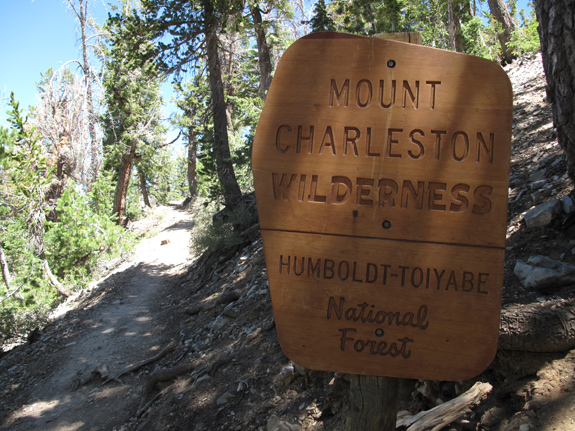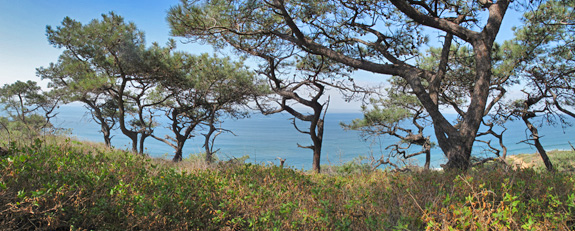Original Publication DATE: 7/7/2012
Spring Mountain National Recreation Area
Rising from the lowlands at the edge of the Mojave and Great Basin deserts, the Spring Mountains are renowned for flora and fauna found nowhere else in the world. This endemism occurs because these mountains exhibit extreme vertical relief, temporal isolation, and a geographic position on the boundary of two deserts. Charleston Peak, the highest mountain in the range at nearly 12,000′, is a stark contrast to the desert 9,000′ below. Vertical relief is a barrier to migrations and, as a result, relict species have persisted and new species have evolved. It is postulated that at least 25 species (15 vascular plants, 1 mammal, 9 invertebrates) are endemic to the Spring Mountains (Spring Mountain Conservation Agreement 1998).
Continue reading “Bristleconing: from Charleston to San Francisco”



